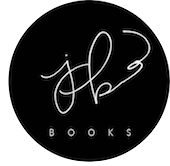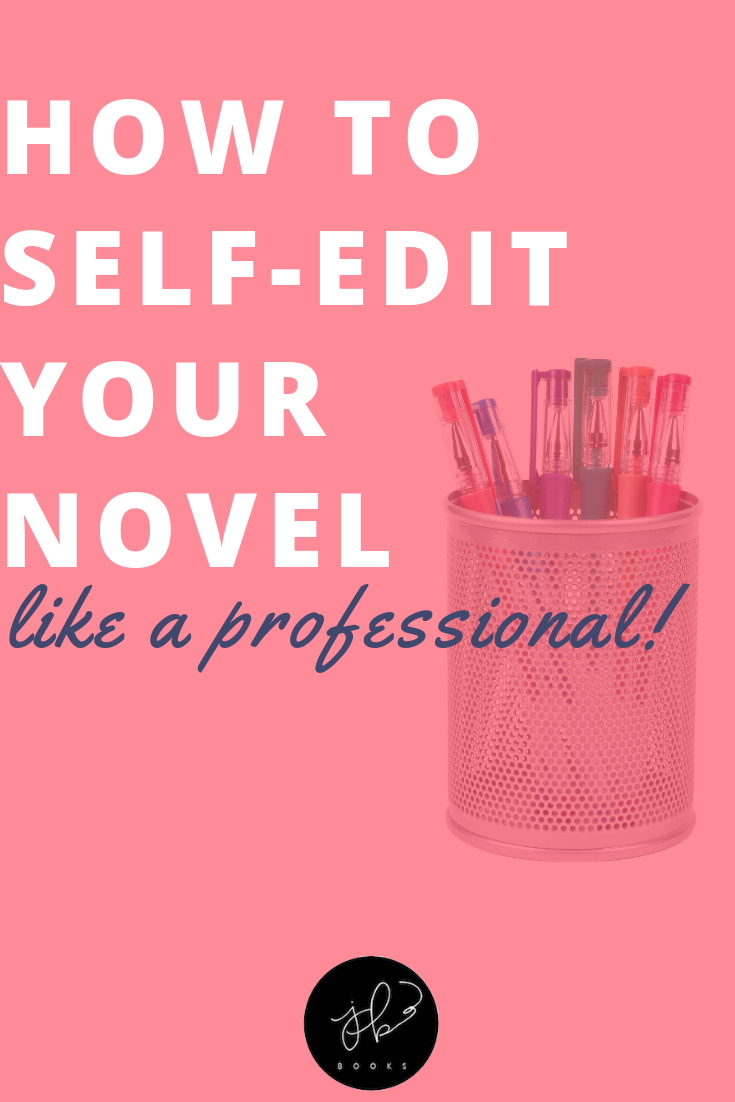the above photo is a modified adaptation of this work
This is post #7 in a fifteen post series, entitled “15 Days to Writerly Awesome in 2015,”
posting on Sunday, Monday, Wednesday and Friday of January.
This is a guest post, brought to you by the lovely Ashley R. Carlson. Read her other guest post here. Enjoy!
I published my debut novel, “The Charismatics,” in December of 2014, and it was a whirlwind six months leading up to the release (read about my process here and how I felt after the release here). So now that things have died down a little, I began to work on something new, because that’s what every successful indie author says to do, right? RIGHT.
Whenever you finish a piece of work, get started on something new. Side note: Don’t spend weeks or even months trying to market the thing. Let your readers do that for you. Just produce more great work and get your name and work in readers’ hands. (I do have a couple of speaking events coming up that will involve “The Charismatics,” and possibly an event at an indie bookstore, but those were in the works before release. Other than that I haven’t written guest posts for it, nor paid for advertising. I’d rather write some new material to sell).
So that was my plan, to begin working on another novella in a completely different genre than my novel (contemporary adult vs. YA steampunk fantasy) because 1) I wanted a break from fantasy and 2) I wanted to push myself with a new genre.
A few things happened when I started working on the first draft of my novella, “Misery and Marlene,” a few weeks ago, and I noticed how nice it was to be writing a first draft again (the freedom! The inexplicably wild naked-and-running freedom of pantsing a first draft of something again!). I also noticed how for some reason, it wasn’t happening very easily for me.
That’s right. I was having a hard time with various facets of “Misery and Marlene.” Firstly, it was a genre I’d never written in before, and didn’t even really know much about: contemporary. No dragons, no magic, no secret governmental plots (all awesome things in my previous novel). Nope. This story had cell phones and a girl who worked at a bar and lived in Missouri but called it “Misery” because she hated it and the whole thing just wasn’t very … inspiring. It was all sort of bland to me, and you want to know why?
Because it felt a little too much like my own life.
A single woman in a dead-end job with huge dreams she doesn’t know will come to fruition or not. Yep, I had inadvertently begun a memoir, hidden under the ruse of fiction. I also noticed that I was used first person present, which is the tense I’ve used in both my short story (“Cruel”) and my novel.
So because I wasn’t feeling the itch to sit down and tap these keys into words of the story, I decided to try some things before scrapping it entirely.
1) I changed tenses and narrative. As mentioned, it was previously a first person present tense story, which seems to be my “go to” narrative style. I like it because 1) it’s personal (you’re in the character’s head, hearing their thoughts and experiencing their experiences) and 2) it’s “in the moment.” “The Hunger Games” series is written in first person present tense, and I think it lends to the intensity and fear of the situations. Both my short story and novel are high-action, tense stories with female protagonists, so it worked for them as well. But this? This contemporary novella about a sad girl in a sad place with a sad life?
It was all just sounding a bit too whiny, a bit too mundane in first person narrative. So I changed it to third person past tense a few days ago. But how?
2) I started over. Yep. I ignored the 10,000 words I’d begun (though I didn’t delete them completely) and began a new manuscript, with the differing tense. I noticed a difference right away; this story was no longer a silly diary of a bored girl. It was deeper than that. It was tragic. I could literally smell the tragedy off the main character, off her family members, off the little town in Missouri itself. Disappointment. Broken dreams. Compromises. Dysfunction. The words were flying into my head and onto the page, and I was looking at things from an entirely new angle. The other good thing was this:
3) I used the previous information for the new version. I had 10k words of good material to direct me with this new draft—characters and their names, places, events. Now, obviously this is what an outline would tell me, if I did those. But even for those of you who outline like crazy, I bet sometimes you get started on a story and it just doesn’t work, for some fundamental reason. That doesn’t mean you get rid of the entire idea—it could still be a great one. You just need to tweak, examine another way. And if you still feel like there’s passion there, that it’s a story your heart aches to tell, than keep at it.
Just remember that if the idea has grown stale in your mind, scrap it completely and start something new. Always, always start something new. You’re a writer, after all—the stories are there in your mind and at your fingertips, just waiting to be placed upon the page.






